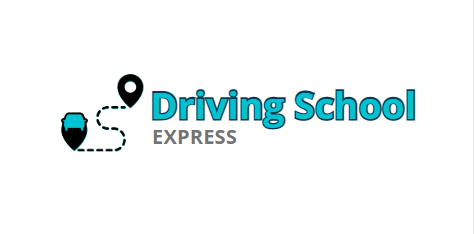In New Hampshire, your driver’s license is classified according to the type of motor vehicle you intend to operate.
This means that you CAN’T just drive any vehicle with any driver’s license.
You need to get the right one.
If you’re confused about the license types and requirements, we’ve got you covered.
Here, we’re going to give you a complete 2021 guide on the New Hampshire driver’s license classifications. Plus, we’ll talk about how to get each license.
So let’s get started!
The Driver’s License Classifications in New Hampshire
There are 2 things that separate these license classifications.
The first one is the Gross Vehicle Weight Rating (GVWR). This determines the weight of the vehicle you’re allowed to operate.
The other thing is whether it is for commercial or non-commercial use.
With that in mind, let’s look at the classes:
Class A (Commercial)
This license can operate any vehicle(s) with a GVWR of 26,0001 pounds or more, provided that the vehicle(s) towed is more than 10,000 pounds.
Class B (Commercial)
Can operate any vehicle with a GVWR of 26,001 pounds or more, towing any vehicle that does not exceed 10,000 pounds.
Class C (Commercial)
Any single or combination of vehicles that do not meet the descriptions of Class A and Class B, and can transport 16 or more passengers.
Class D (Non-commercial)
This is also called an operator or regular driver’s license. It permits you to drive a vehicle with a GVWR of 26,000 pounds or less. Plus, it is for personal use only.
Class M (Non-commercial)
This allows you to drive two-wheel or three-wheel motorcycles or mopeds. Before applying for Class M, you should have an existing and valid Class D driver’s license.
How to Get Your New Hampshire Commercial Driver’s License (Class A, B, and C)
Here are the basic requirements to get a commercial driver’s license:
- Must be at least 18 years old
- Must be at least 21 years old to drive interstate and transport hazardous materials
Now, let’s look at the application process:
- Get a medical certificate by passing the medical examination conducted by the Department of Transportation.
- Go to your local DMV office. Don’t forget to bring your medical certificate and a CDL Application (Form DSMV 312).
- Take and pass the appropriate tests for the class and type of vehicle you will be driving.
- If you passed the tests, you will get a Commercial Learner’s Permit valid for 180 days.
- After 14 days of receiving your CLP, you need to pass the eyesight screening, road skills tests, vehicle inspection, and knowledge test.
Here’s what you should bring during the road test:
- Appointment slip
- Valid Commercial Learner’s Permit
- A driver with an appropriate class of license
Here is a list of the vehicles that are exempted from the commercial driving license requirements because they are not considered as commercial motor vehicles:
- Recreational vehicles
- Emergency vehicles of the fire department
- Farm vehicles operated and owned by farmers within the 150-mile radius of the farm
- Military vehicles that are operated by military personnel
How to Get Your New Hampshire Non-Commercial Driver’s License (Class D and M)
Here are the basic requirements:
- You must be at least 16 years old.
- For those who are under 18 years old, additional requirements will be needed such as parental approval and completion of a driver’s education course.
As for the application process, these are the steps you need to follow to get a Class D license:
- If below 18 years old, you need to complete a driver’s ed program.
- Log 40 hours of driving practice (10 hours should be done at night).
- Apply for a license at any local DMV office.
- Pass the vision and knowledge test
- Pass the road test
- Pay for your license fees
Here’s how to get your Class M endorsement:
- If you’re applying for a permit, you must pass the vision screening test and motorcycle knowledge exam.
- Go to your local DMV office. Bring a copy of your New Hampshire driver’s license and your completed “Application for Motorcycle Endorsement”
- Pay for the processing fee.
- If you passed the vision and knowledge tests, you will be issued a 45-day learner’s permit.
- Schedule your motorcycle skills test.
- Pass the skills test.
- Once you pass the skills test, book an appointment with the local DMV and complete your application for a state license.
- In case you fail the skills test, you will be given another chance. However, if you fail two times you need to complete a motorcycle training course to get your license.
- Don’t forget to bring a copy of your New Hampshire driver’s license and your skills test results or proof of completion of the motorcycle training course.
Conclusion
So there you have it.
Those were the types of driver’s license classifications in New Hampshire.
Now that you understand the classes, it will be much easier for you to know which license you need.
Good luck!
